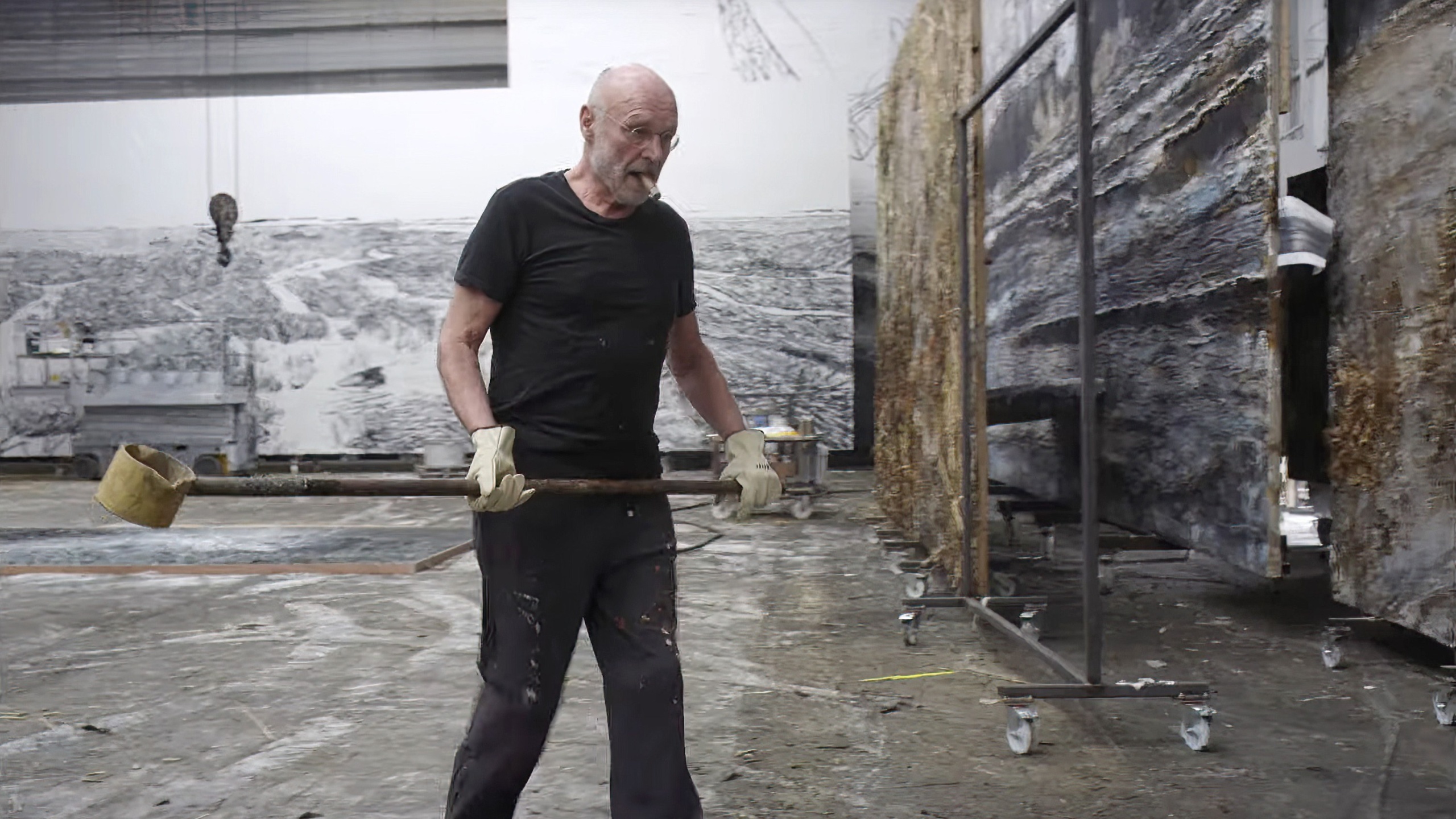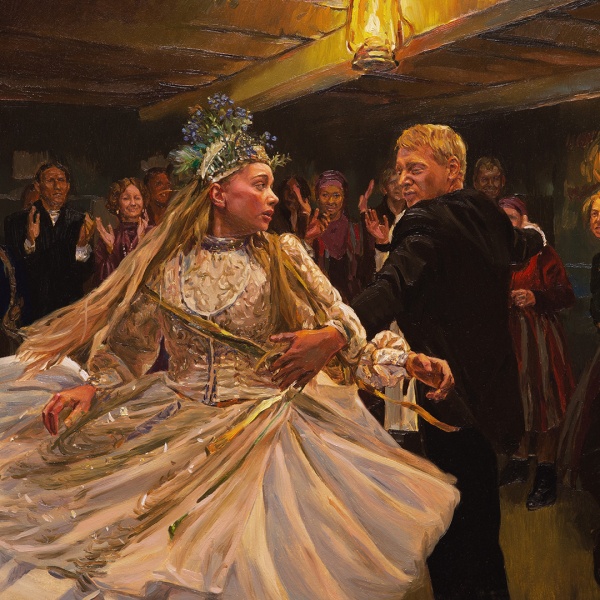The best documentaries about artists exploit the visual powers of the storytelling medium to give us a tactile appreciation of what their work looks and feels, while also mining the depths of their souls and their relationships to history. Last year’s “All the Beauty and the Bloodshed,” Laura Poitras’ film about the life and work of activist/artist Nan Goldin, and 2011’s “Pina,” Wim Wenders’ portrait of choreographer Pina Bausch, come to mind, both straying far from the parameters of a talking-heads-driven nonfiction film to put us straight inside the work itself. These movies, too, stand as powerful cinematic and artistic exercises on their own terms.
Wenders now returns to the realm of 3D documentary he inhabited so gorgeously with “Pina” to explore the works of 78-year-old painter and sculptor Anselm Kiefer. Explicitly non-biographical, “Anselm” is instead a philosophical rendering of an artist in working mode, where he actively wrestles with his own place in the political history of German history.
This psychologically scant but visually immersive documentary argues that Kiefer is among the very few German artists, living or dead, to take such an uncompromising gaze at his nation’s own dark histories and complicity in evil. The empty spaces where corpses once were are impressed upon otherwise traditional landscapes, and his sculptures and paintings are often made of literally burnt raw materials, rubble, and molten steel to evoke the ravages of World War II.
“Anselm” certainly doesn’t try to endear us to its subject, who is often arrogant, self-serious, and doesn’t exactly seem like a joy to work with. The poetry of German-language Romanian-Jewish writer Paul Celan haunts his work and seems to be a kind of existential north star for Kiefer, who in almost murmur-like musings in the voiceover wonders if he could’ve been a Nazi had he been born just a bit earlier. (The words of known Nazi supporter Martin Heidegger also wend their way into the film.)
Kiefer was born in 1945, just a few months before V-E Day, while Wenders was born not long after, and so it’s easy to see the simpatico they share as German artists often reckoning with their homeland’s dark histories. (They’d been trying to make this film since the 1990s.) That simpatico is kept off-camera, as Wenders never inserts himself into the documentary or offers too much of a critical perspective or viewpoint.
Still, Wenders’ foundation as a narrative storyteller is exploded open here in a curious and searching portrait shot brilliantly in 6K 3D. “Anselm” follows a loose linear trajectory to trace Kiefer’s life path, from being born in a bombed-out town in the Black Forest to studying romance languages at university and eventually starting his own studio in the early 1970s. But Wenders’ film is primarily a poetic ramble, however beautiful, right down to its ASMR-evoking voiceovers of whispers, spoken word poetry, and some thoughts of Kiefer’s own: “The whole of society was silent then, they all failed to grasp the unimaginable.”
The film’s piece de resistance is a kind of lingering tour inside La Ribaute, the apotheosis of the Kiefer vision and a 200-acre compound outside Barjac in the Cévennes in France. What was once a silk factory is now a steampunk-like arrangement of stone buildings, barns, and production plants that house his decades of work. Wenders is most interested in exploring the topography of Kiefer’s landscape, less so of his subject’s soul, however literally poured onto canvases it may be. At La Ribaute, Wenders and cinematography Franz Lustig exploit the powers of 3D to show us all sides, literally, of Kiefer’s work. I’d be curious, though, to see the film in 2D, as the presentation on a non-IMAX screen tends to darken and obscure the image, ever the issue with 3D in general.
Wenders loses focus when trying to dramatically restage certain moments of Kiefer’s life, which have a distancing effect that throws you into another movie entirely. “Anselm” also never interrogates the confrontational artist’s rather controversial privileged position in the art world as one of its wealthiest practitioners. That’s what afforded him the creation of La Ribaute in the first place, where his assistants use enormously complicated contraptions to assemble is materials. What we’re left with is a rather opaque portrait of the artist as a man, but certainly a vivid one of the man’s art.
Grade: B-
“Anselm” is now playing in select theaters from Sideshow and Janus.




